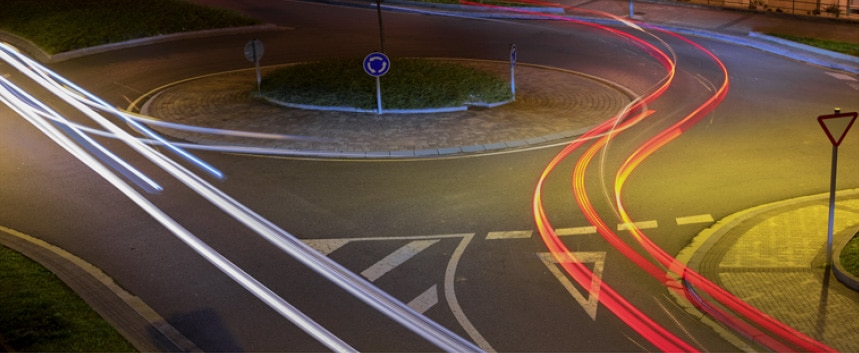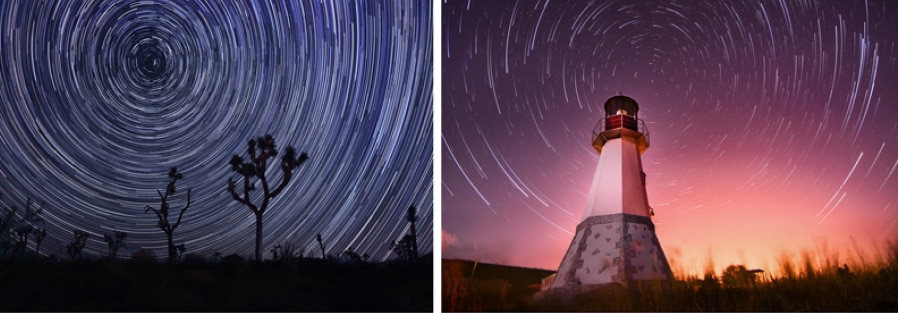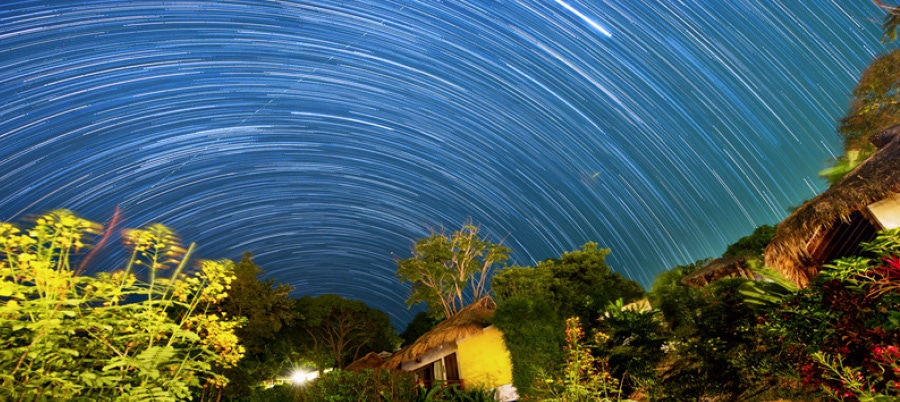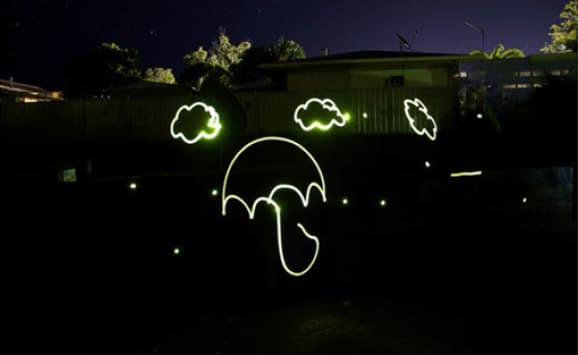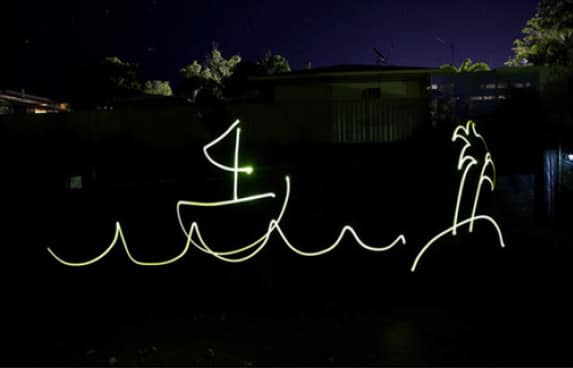Setting slow shutter speeds, long exposures, helps a photographer capture creative movement. If you’ve never experimented with long exposures before, then I recommend you grab your camera and tripod and give a few of these suggestions a try.
Note: Low light is your best friend for long exposures. It’s best to shoot long exposures on overcast days, at sunrise, sunset or night time.
A popular technique amongst landscape photographers is characterised by exposures up to several minutes long that blur any moving elements like water or clouds.
Set your camera to manual mode with an ISO 100, aperture f/22, then zero your exposure line to set the shutter speed. As long as the available light is dark enough, you should notice a long shutter speed.
You may need to use a neutral density filter if the light is still too bright to set a slow enough speed. A filter is basically a piece of dark glass that restricts the amount of light entering the lens.
Light Trails
Capturing moving light is another great way to start working with long exposures. Almost everyone has a street / car lights available near home.
Set Shutter Speed priority and ISO 100. If it’s just on dusk, try a 10 second exposure to start with. Then increase the speed by 10 seconds as it gets darker.
If it’s quite dark when you start shooting, try a 30 second exposure and adjust the speed from that, depending on the result you are wanting.
Long Exposures Star Trails
If you don’t mind standing around in the dark, then why not head out at night and capture some star trails using long exposures.
You’ll need to set your camera to bulb mode and the lens focus to infinity (turn off auto focus). Set ISO 200, and aperture to the lowest f/number your lens allows. For example f/2.8. Shutter Speed will depend on the moon and how much light is available.
For a half moon, try 20 minute long exposures. The longer the exposure, the longer the star trails.
Light Painting
Using long exposures, light painting is always fun. All you need is a torch and some creativity. You will need a friend to paint the scene with light, while you photograph it.
Use a tripod and remote release that allows you to hold the shutter open for as long as you want. Set your camera to bulb mode, aperture f/5.6 and ISO 200.
As soon as your friend starts drawing with the torch, press and hold down your shutter, don’t release it until roughly 10 seconds after they stop drawing and exit the frame.
Try different coloured cellophane over the end of your torch for fun!


